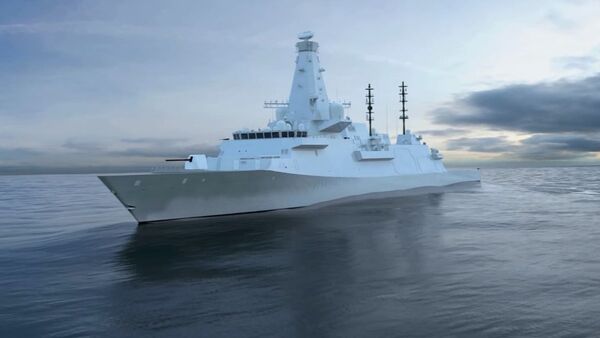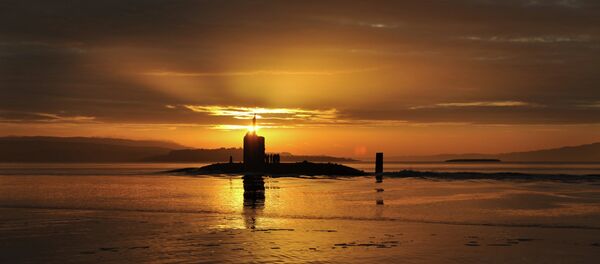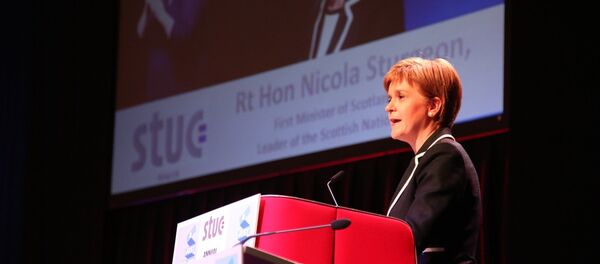The construction of the next generation of Royal Navy frigates was a key issue in the failed 2014 Scottish independence referendum. The UK government had warned that a vote in favor of Scottish independence would jeopardize the contract to the BAE Systems shipbuilder tasked with constructing the Type 26.
"The UK Government is absolutely committed to shipbuilding on the Clyde, and to the Type 26 programme, which is a very significant investment," Mundell said.
The minister estimated $11.5 billion spending in the next decade on Royal Navy warships, including construction of two offshore patrol vessels on the Clyde to maintain Scottish shipbuilding capability ahead of the planned Type 26.
"There will continue to be shipbuilding jobs on Clydeside for years to come, and that is only because Scotland is part of the UK," Mundell added.
In a separate statement issued Monday, Scottish National Party leader Nicola Sturgeon echoed concerns over the warships’ future.
"Workers won a contract for 13 Type 26 frigates and have already had to watch that be cut back to only eight vessels. Now there are doubts over the time table for these vessels and for other work due to come to the Clyde," Sturgeon said.
"The workforce here has already seen its numbers reduced and it would be a disgrace if they are to face further cuts. A series of claims were made by the Tories and Labour during the referendum about employment at these yards and we will do everything in our power to hold the Tories to their promises," Sturgeon added.
The BAE shipyards on the Clyde employ over 2,500 people.
Scottish voters rejected independence from the United Kingdom by a margin of 55 percent to 45 percent in a referendum held in September 2014.




